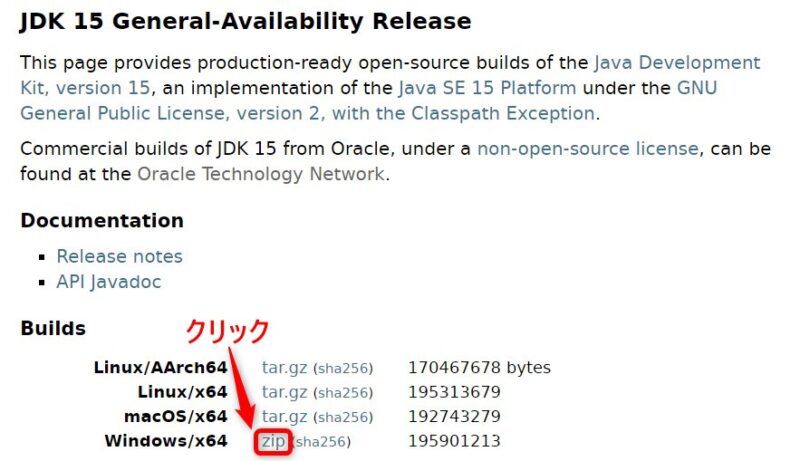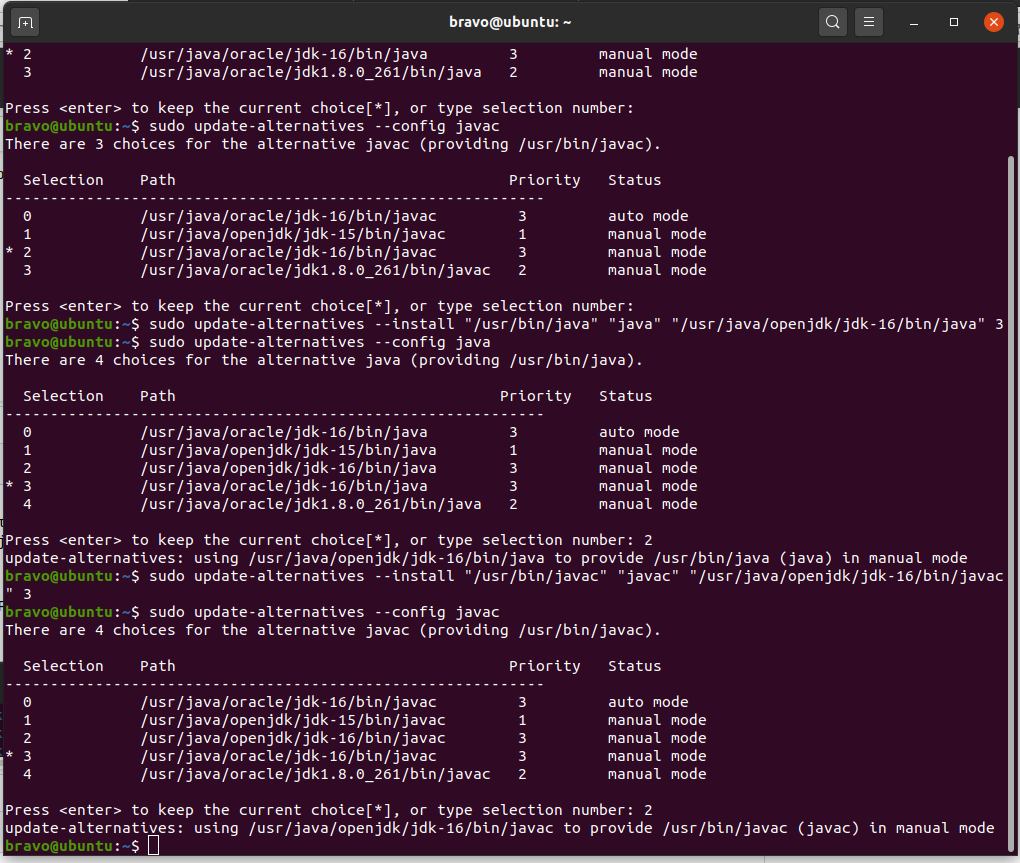

I installed this on my Ubuntu PC with sudo apt install visualvm and extended the startup commands on the Raspberry Pi so a connection can be made from another PC. Let’s go a step deeper and use VisualVM to inspect the application. No important differences here, the newer JDK doesn’t seem to have any influence here. $ java -jar java-spring-rest-db-0.0.1-SNAPSHOT.jar $ cd JavaOnRaspberryPi/Chapter_10_Spring/java-spring-rest-db/target/ To compare the startup speeds, I reused the Spring and Quarkus applications of the previous article. OpenJDK 64-Bit Server VM Zulu15.27+17-CA (build 15+36, mixed mode) OpenJDK Runtime Environment Zulu15.27+17-CA (build 15+36) Vendor | Use | Version | Dist | Status | IdentifierĪdoptOpenJDK | | 11.0.8.hs | adpt | | 11.0.8.hs-adpt With the SDKMAN tool, you can get a list of available JDKs on your Raspberry Pi and switch to Java 15 with a single command: sdk install java 15.0.0-zulu.
#Openjdk 15 free#
Immediately after that, Azul released Azul Zulu OpenJDK 15, including a new version of their free Zulu Embedded JDK, including a version for ARM 64-bit, which is ideal for the latest Raspberry Pi boards! OpenJDK Java 15 was released on, check out the Java Version Almanac for more details.

OpenJDK 64-Bit Server VM (build 11.0.8+10-post-Ubuntu-0ubuntu120.04, mixed mode) OpenJDK Runtime Environment (build 11.0.8+10-post-Ubuntu-0ubuntu120.04) That version of Ubuntu comes with OpenJDK 11 pre-installed. If you are new to Records, or if you want to find out how Records are supported in IntelliJ IDEA, please refer to my Java 14 and IntelliJ IDEA blog post.Azul Zulu OpenJDK 15 on Raspberry Pi September 21, 2020įor this post I did some experiments with Java 15, reusing the Ubuntu 64bit SD card which was also used for my earlier post " Startup Speed of Spring and Quarkus JARs on the Raspberry Pi". A preview language feature in Java 14, Records is in its second preview in Java 15, with a few changes. RecordsĪ new type of class, Records introduced a compact form to model value objects. Let’s move on to the next enhancement in Java 15 – the introduction of local records. Sealed public class Plant permits Herb, Shrub, Climber
#Openjdk 15 how to#
The following gif shows how to change the declaration of a regular class to a sealed class and modify the declaration of the classes that extend it:

The subclasses can either be final, non-sealed, or sealed. A sealed class uses the reserved keyword permits to list the classes that can extend it directly. With the modifier sealed, you can declare a class as a sealed class. Define secure hierarchies with sealed classes Though unreachable now, what happens if another developer adds a class to this hierarchy? Sealed classes can impose this restriction on the hierarchies at the language level.
#Openjdk 15 code#
The problem code is the assumption that a developer has to deal with in the else part. The following is an example of how the Gardener class might use this hierarchy: Let’s model the plant hierarchy as follows (I’m not detailing the classes on purpose): Depending on the type of plant, a gardener might need to do different activities. Imagine you are creating an application that helps its users with gardening activities. But why would you need to create restricted hierarchies? Need for creating restricted hierarchies On the one hand, it lets you reuse a class with inheritance, and on the other hand, it lets you restrict which classes can extend it. Sealed classes and interfaces (a preview language feature)īy defining a class as a sealed class, you can explicitly define which other classes can extend it. In this article, I will cover all the new and updated language features in Java 15, why you need them, and I’ll show you how to use them in IntelliJ IDEA. There are no changes to Text Blocks from Java 14. Introduced in Java 13, Text Blocks are being added to Java 15 as a standard language feature. Pattern Matching for instanceof, introduced as a preview language feature in Java 14, is in its second preview in Java 15, without any changes. Java 15 also modifies the preview language feature Records, introduced in Java 14, and enhances the interfaces and enums you are used to working with. This language feature is introduced as a preview language feature. The goal is to let you define the possible hierarchies in your business domain in a declarative manner, so that it is easier to process them. The language syntax allows you to restrict the classes or interfaces that can extend or implement other classes or interfaces. Java 15 introduces a new language feature – sealed classes and interfaces. Revisiting processing of Plant types in class Gardner.Define secure hierarchies with sealed classes.Need for creating restricted hierarchies.Sealed classes and interfaces (a preview language feature).


 0 kommentar(er)
0 kommentar(er)
